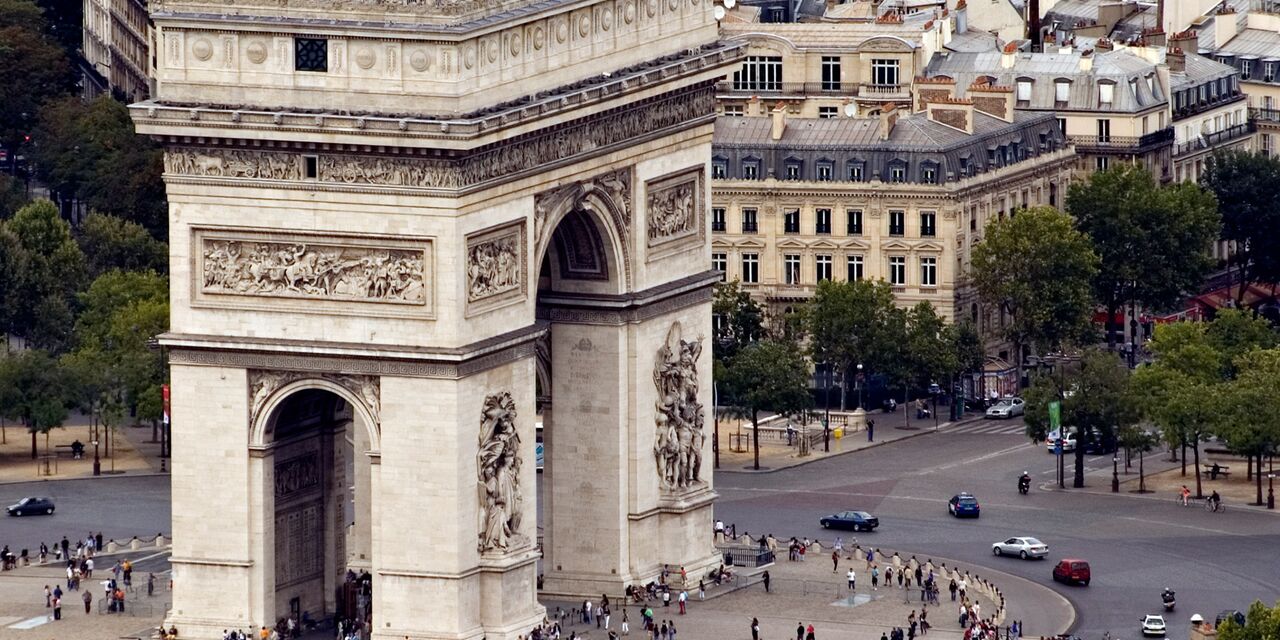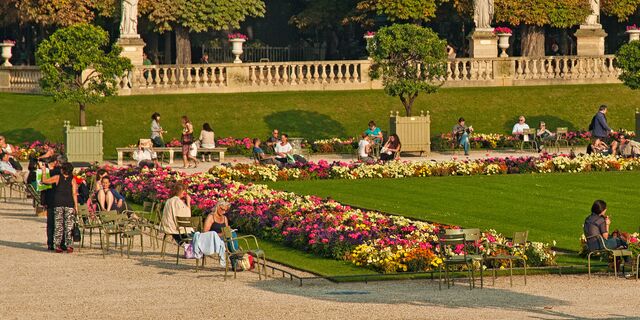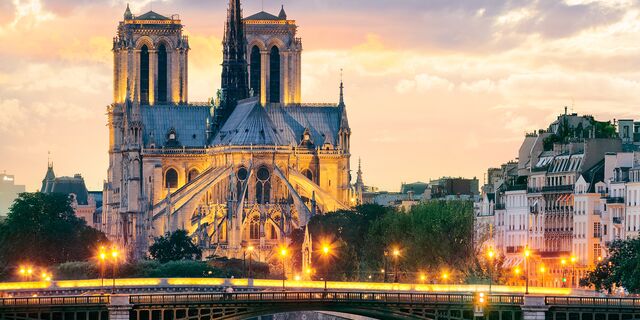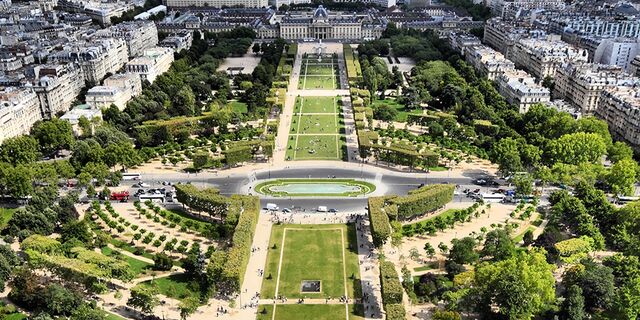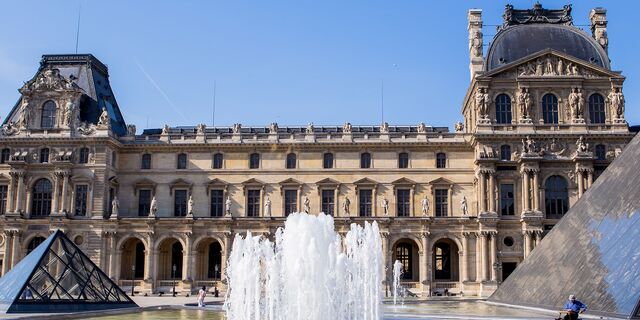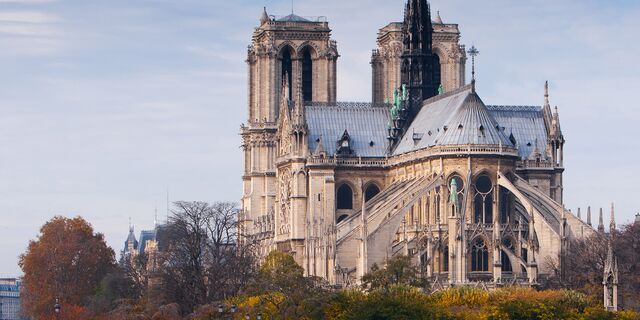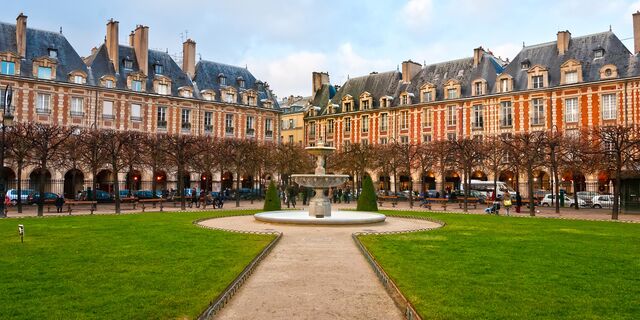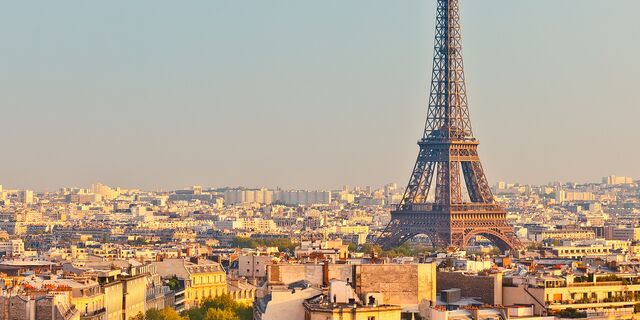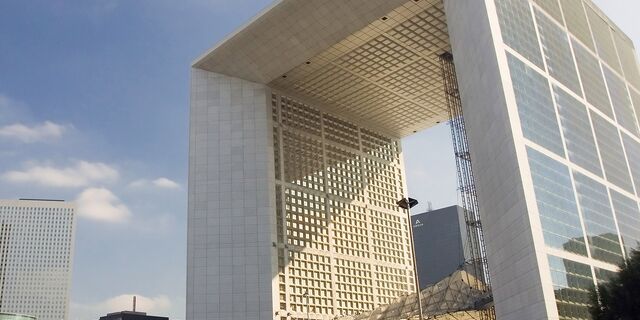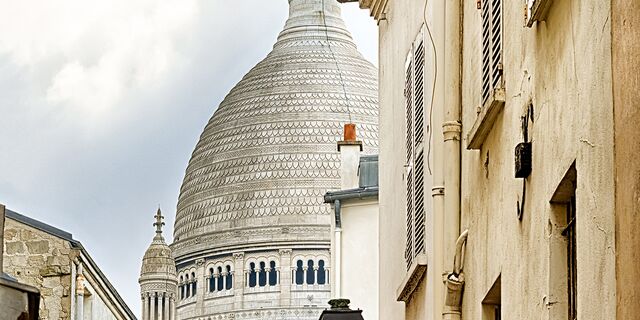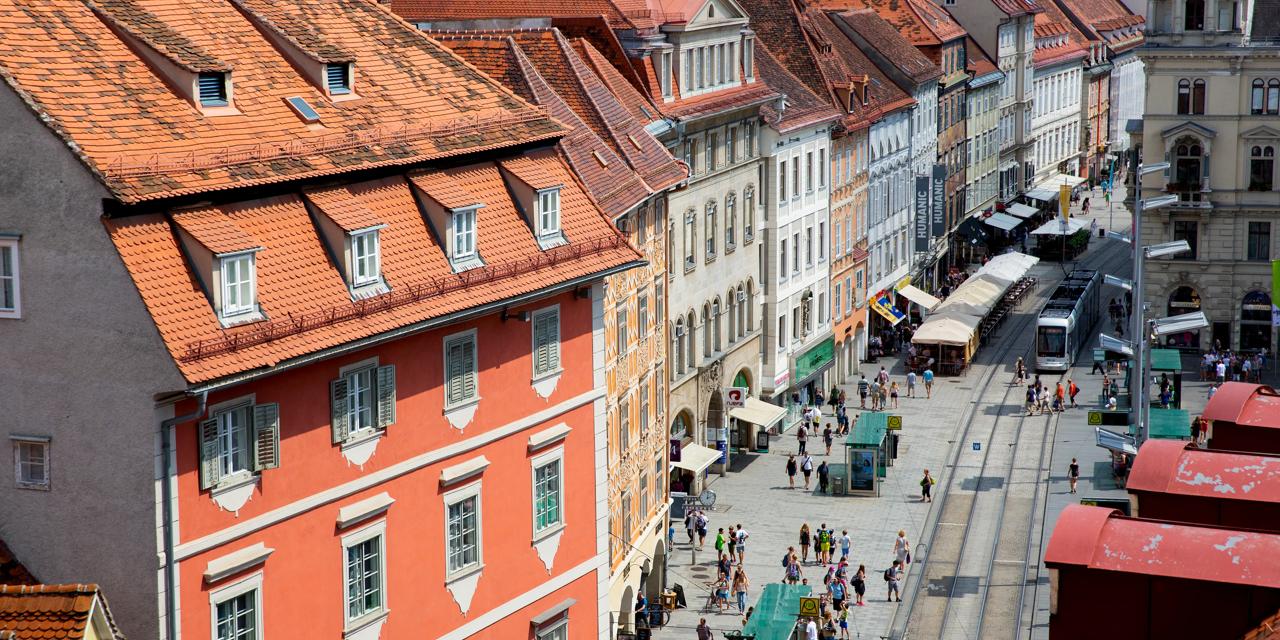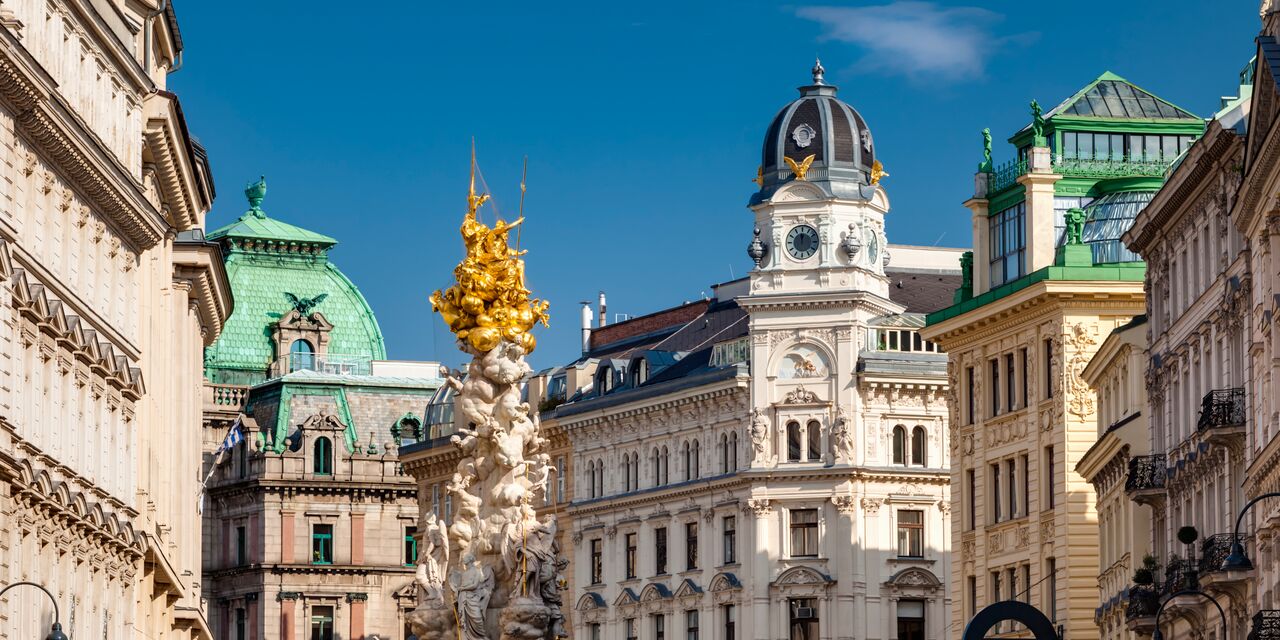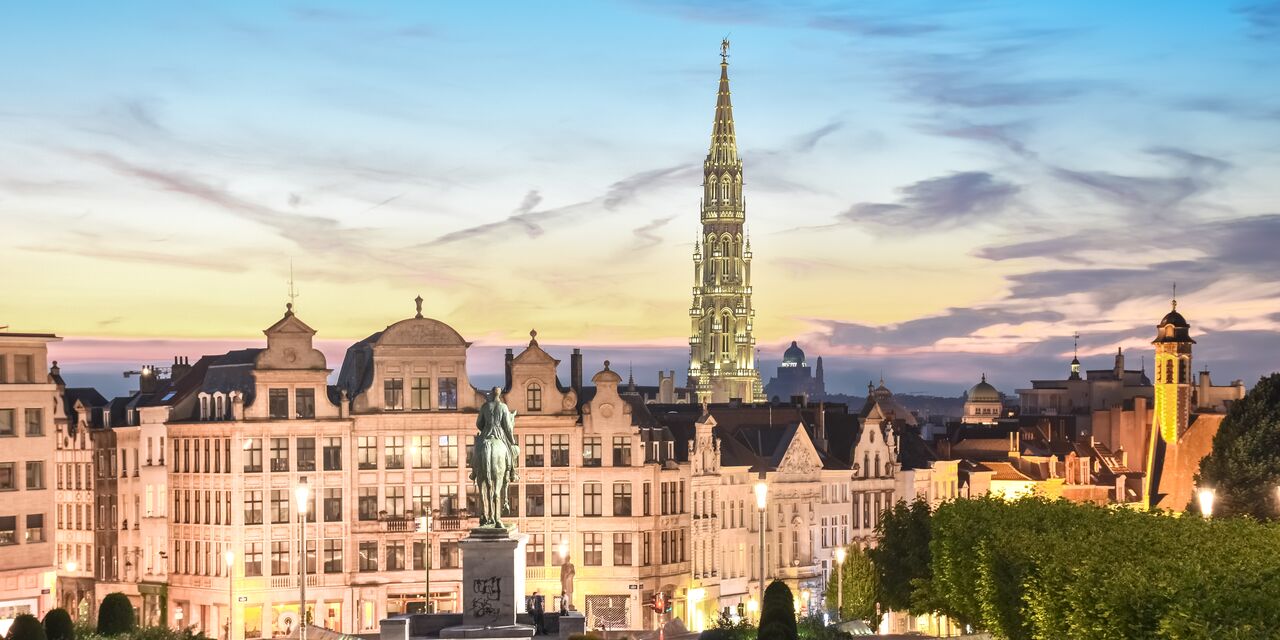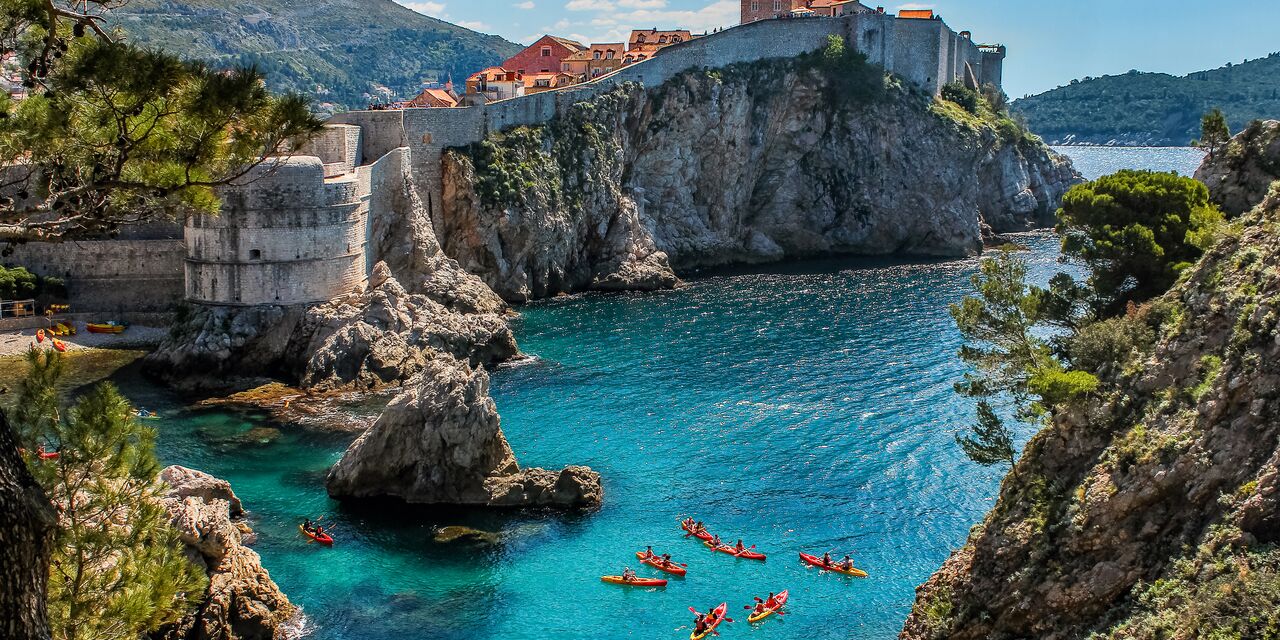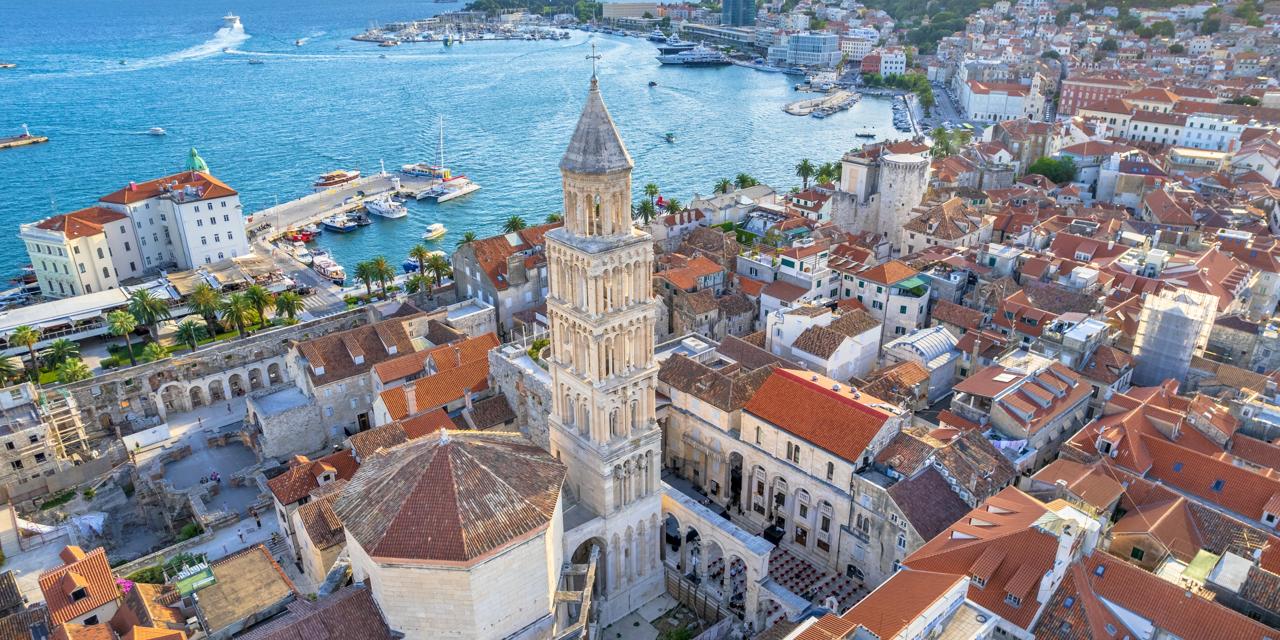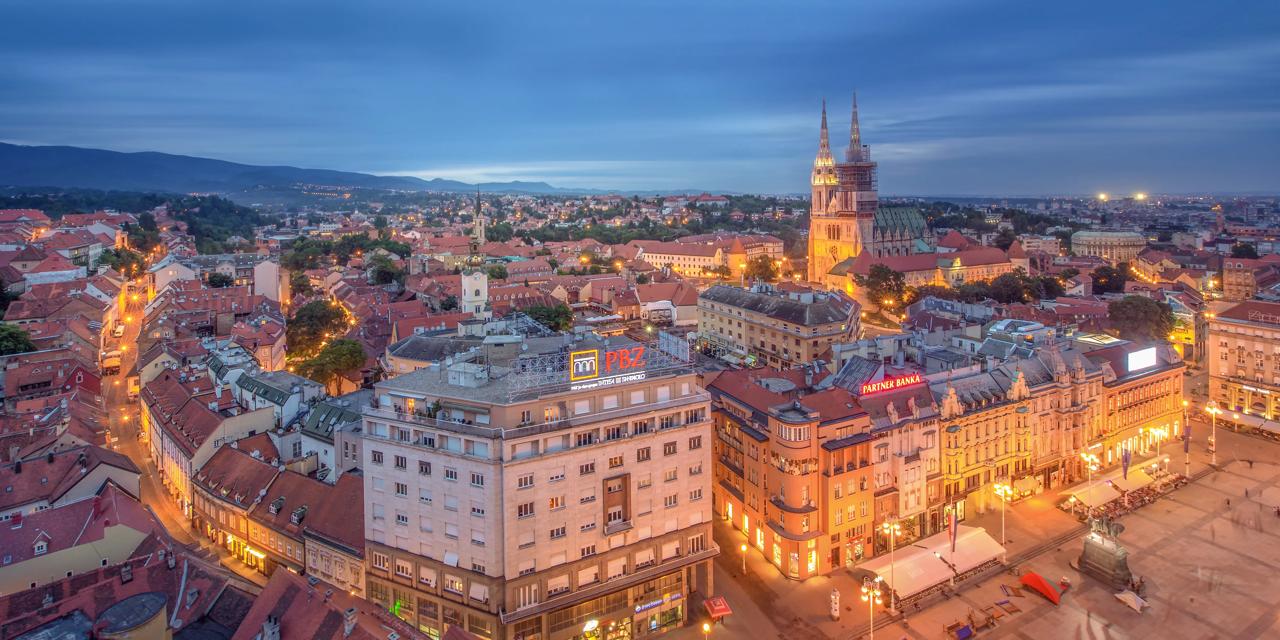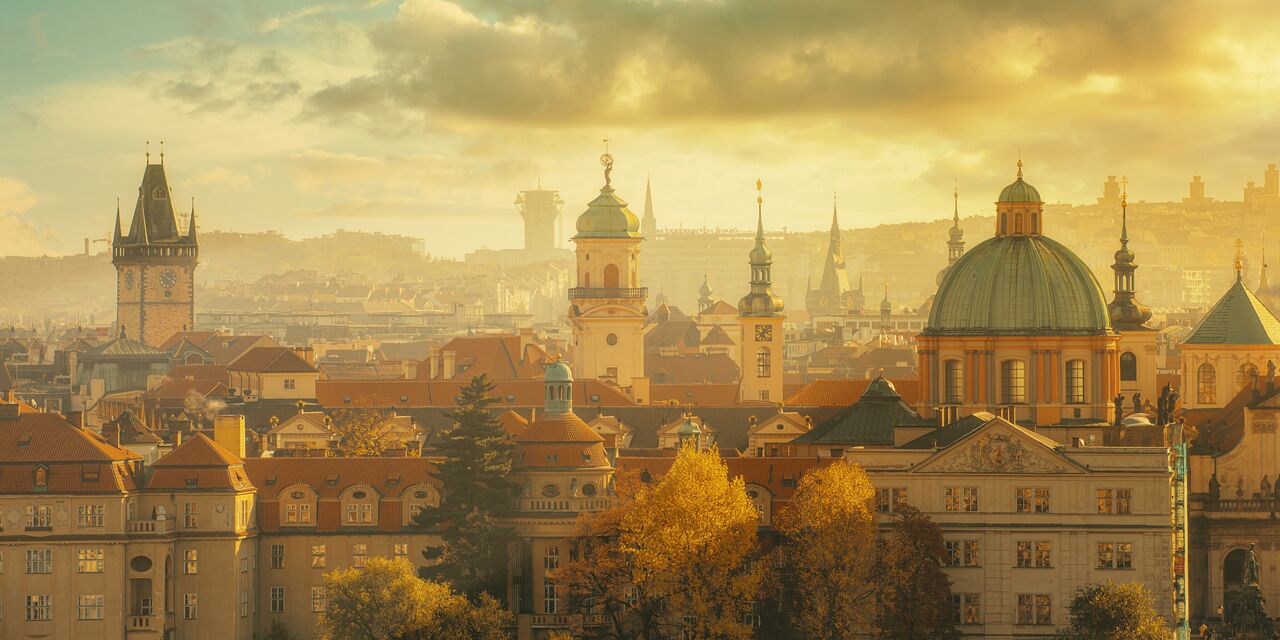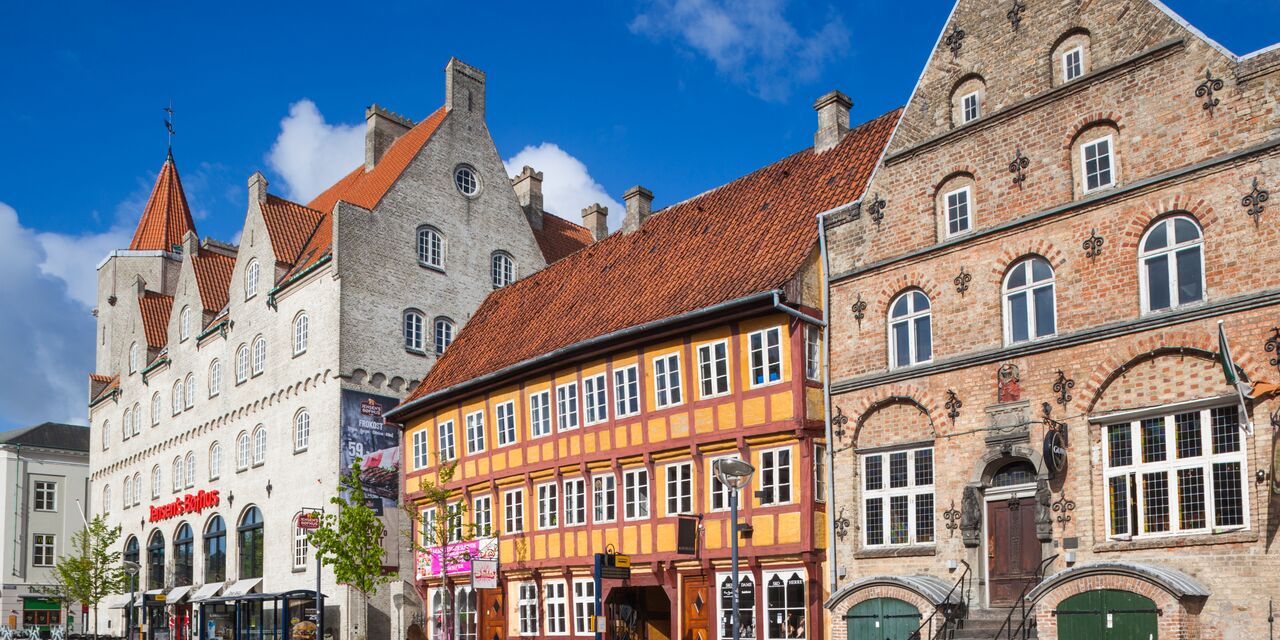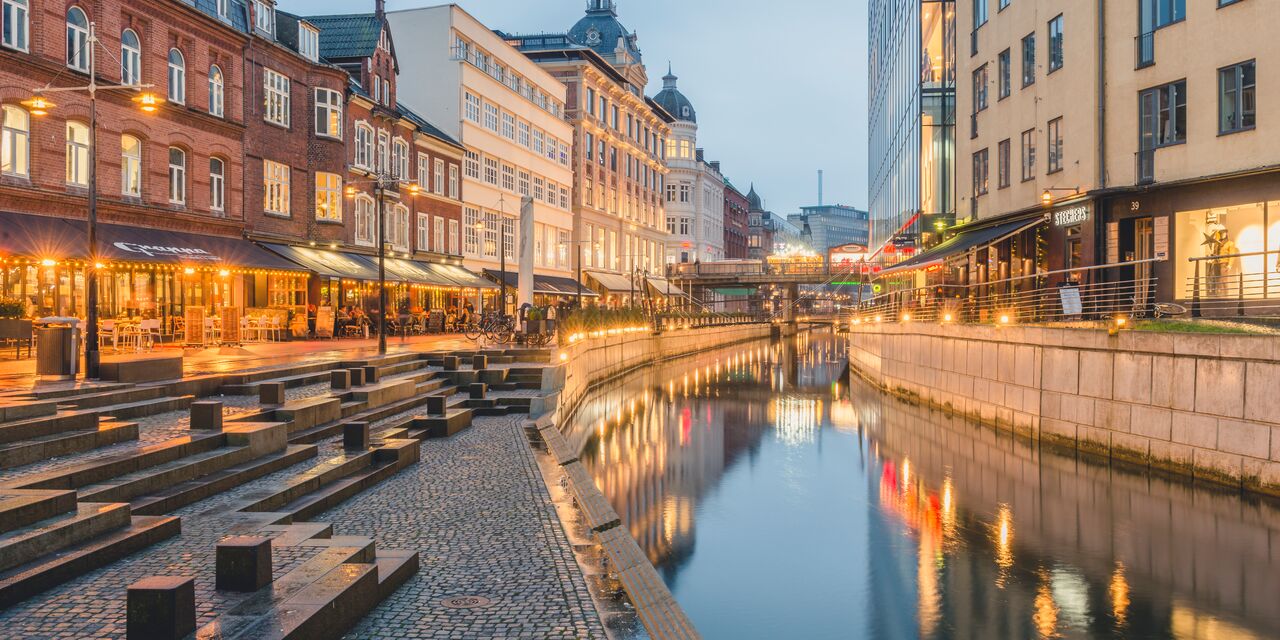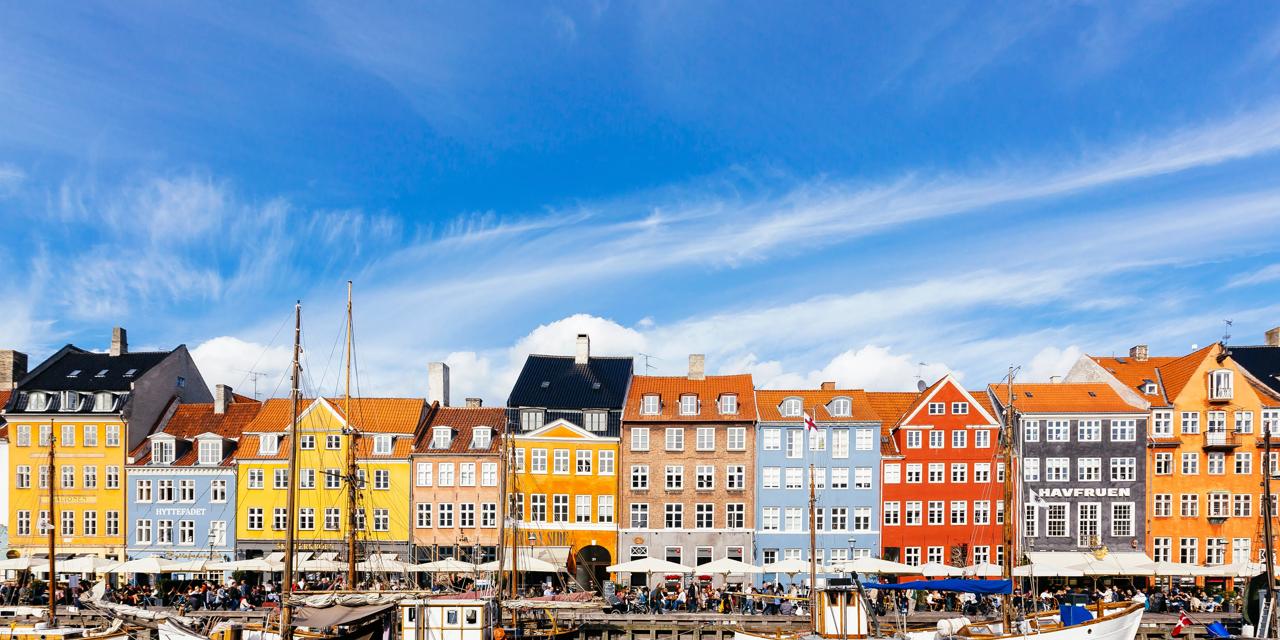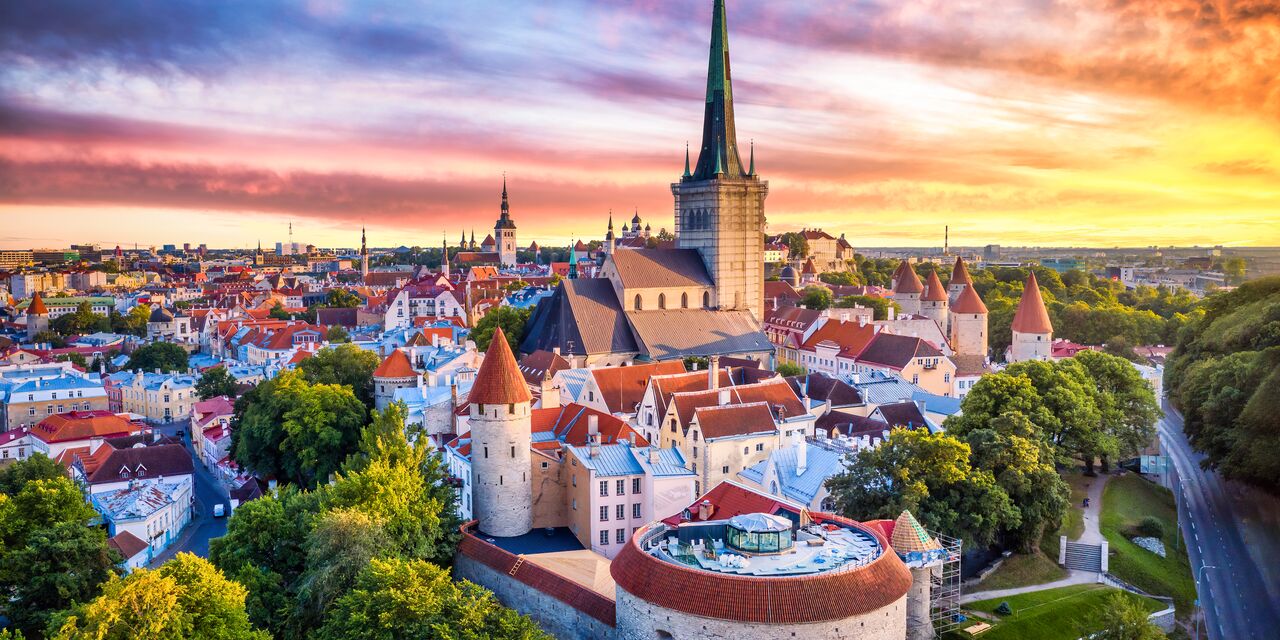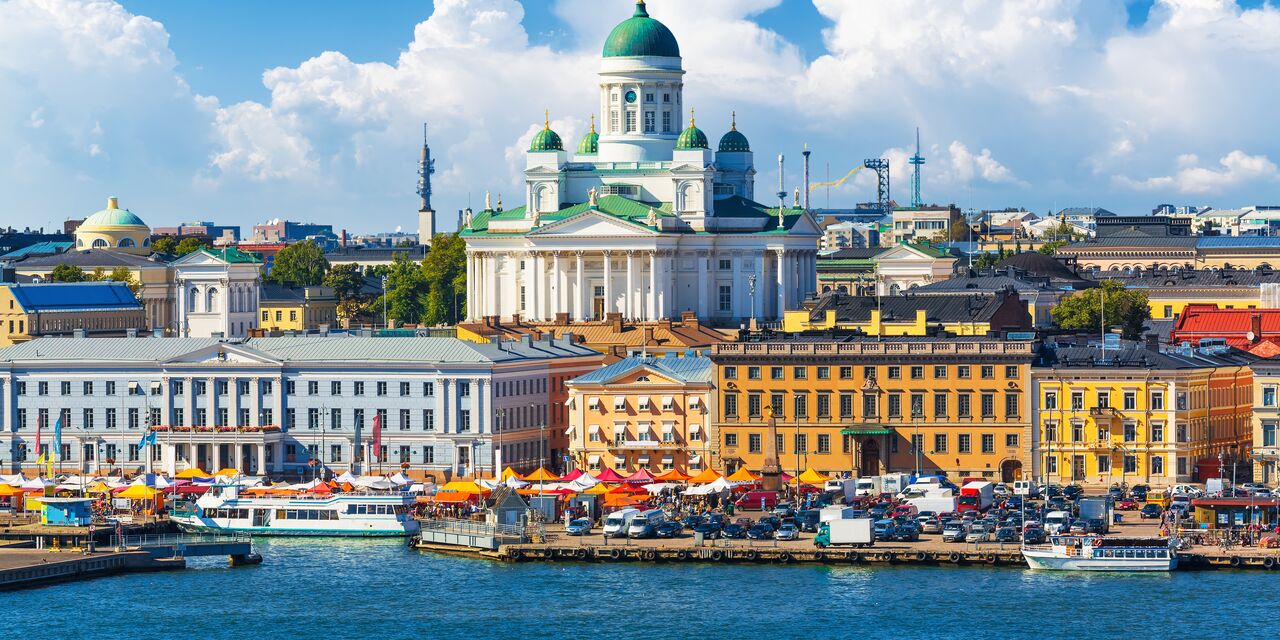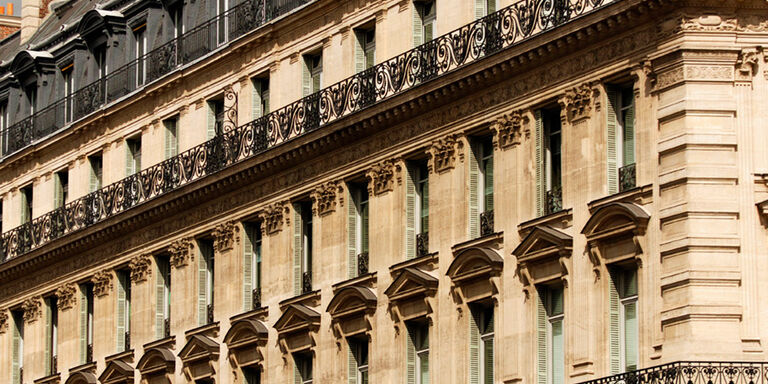
Boulevard Haussmann
Haussmann's influence can be found throughout the city, not least on the eponymous Boulevard Haussmann. This street is lined with buildings in typical Haussmann style: 5 to 7 stories high white sandstone complexes with typical Parisian balconies. Although the buildings may seem similar at first glance, the differences are unmistakable. Haussmann developed different styles for every social class. Buildings of the same type were put together in îles (islands) and not combined with houses from another category.
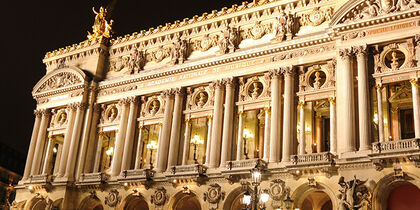
Gold leaf and marble in Palais Garnier
One of the most stunning buildings from the Haussmann era is Palais Garnier, a building famous to the world as the Paris Opera. The architect Charles Garnier was entrusted with the prestigious task of building a new theatre in 1861. The Neo-baroque building is perhaps even prettier inside than out. Gold leaf, marble and frescoes adorn the interior and a spectacular ceiling painting can be admired within the auditorium. The lobby is equally breathtaking. Decorated with mosaics, sculptures and mirrors, the space guarantees that the public are not bored while waiting. The opera house is also the setting of The Phantom of the Opera, the novel by Gaston Leroux, which later became one of the most successful musicals.

